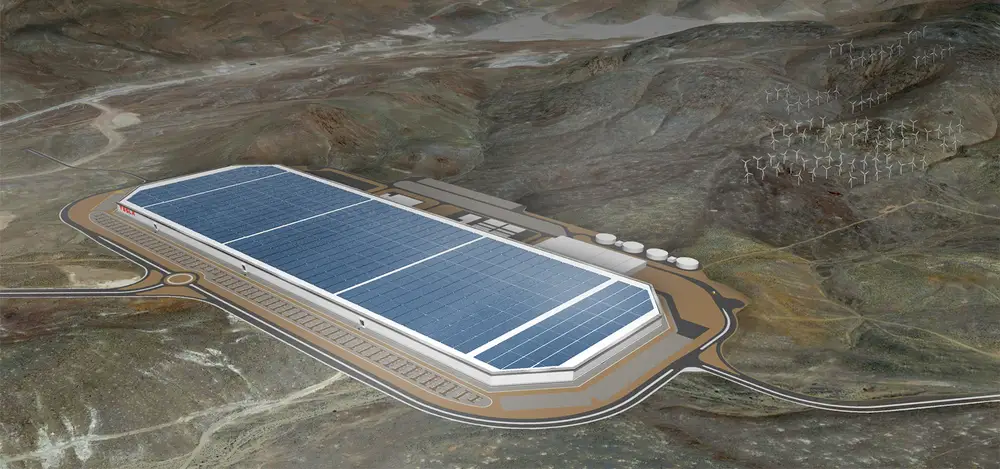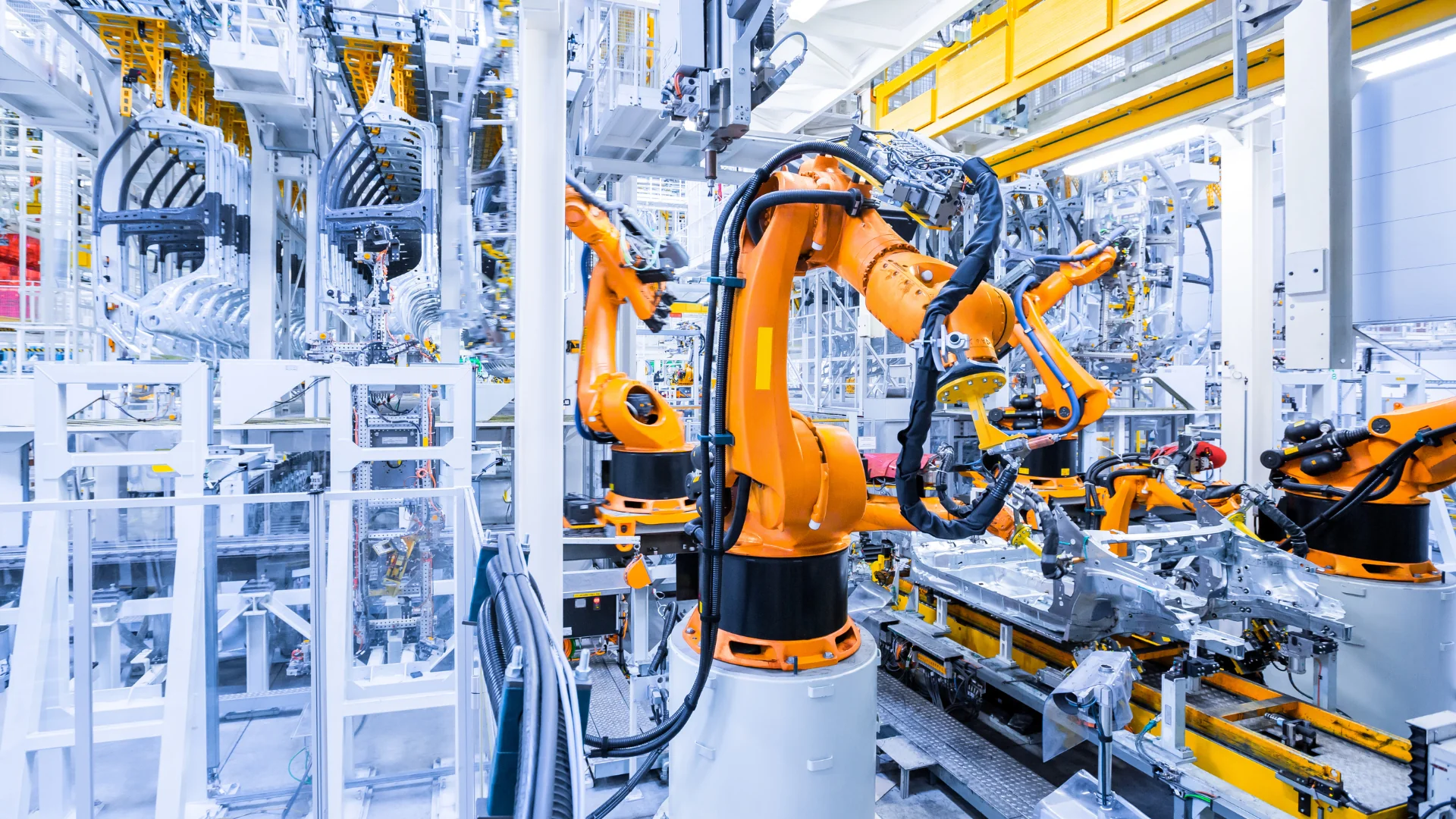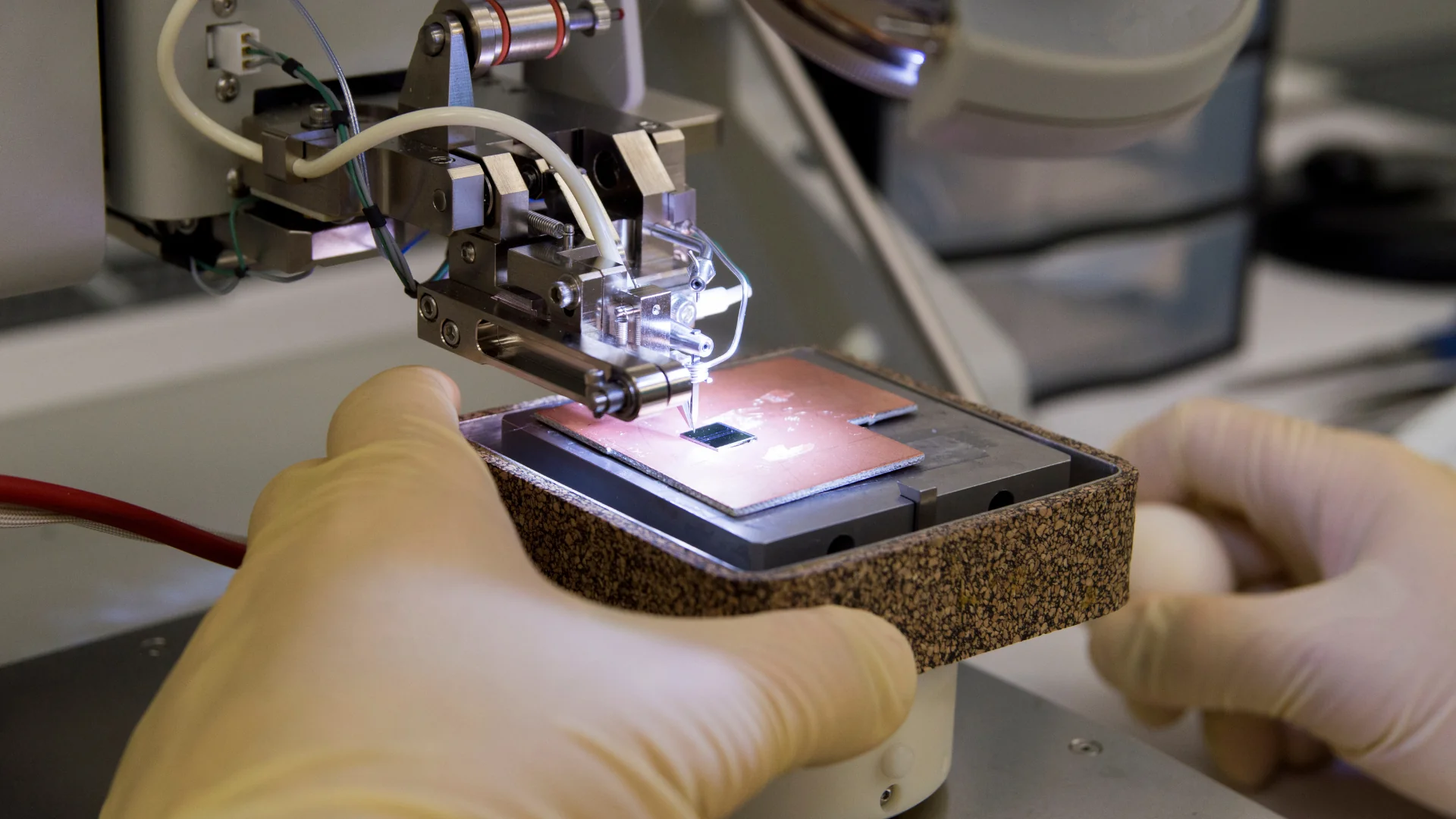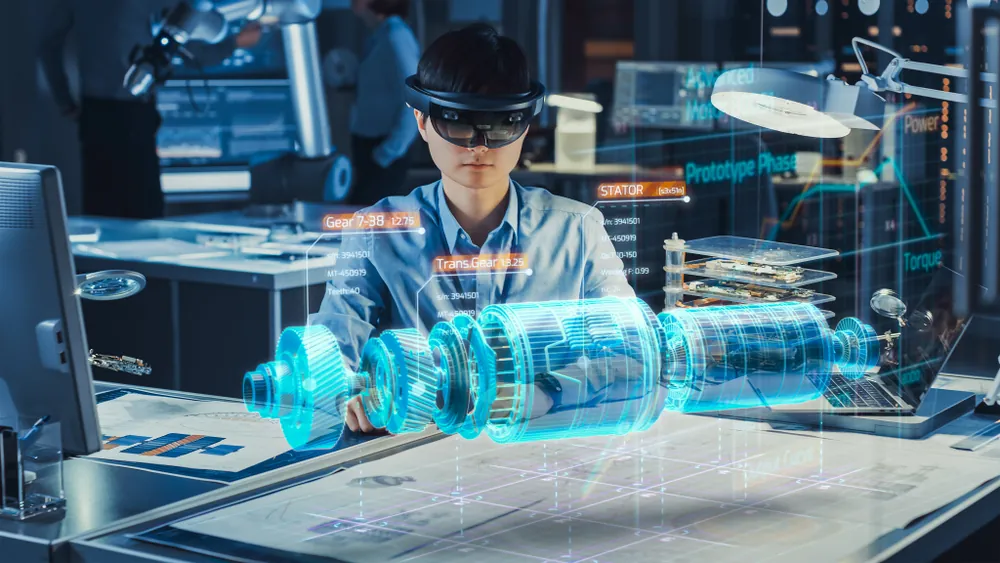“Gigafactory” has recently become synonymous with large-scale manufacturing and innovation. But what exactly is a gigafactory, and why is it so important? In this blog post, we’ll delve into gigafactories, their origins, the technology they utilize, and their impact on various industries and the environment.
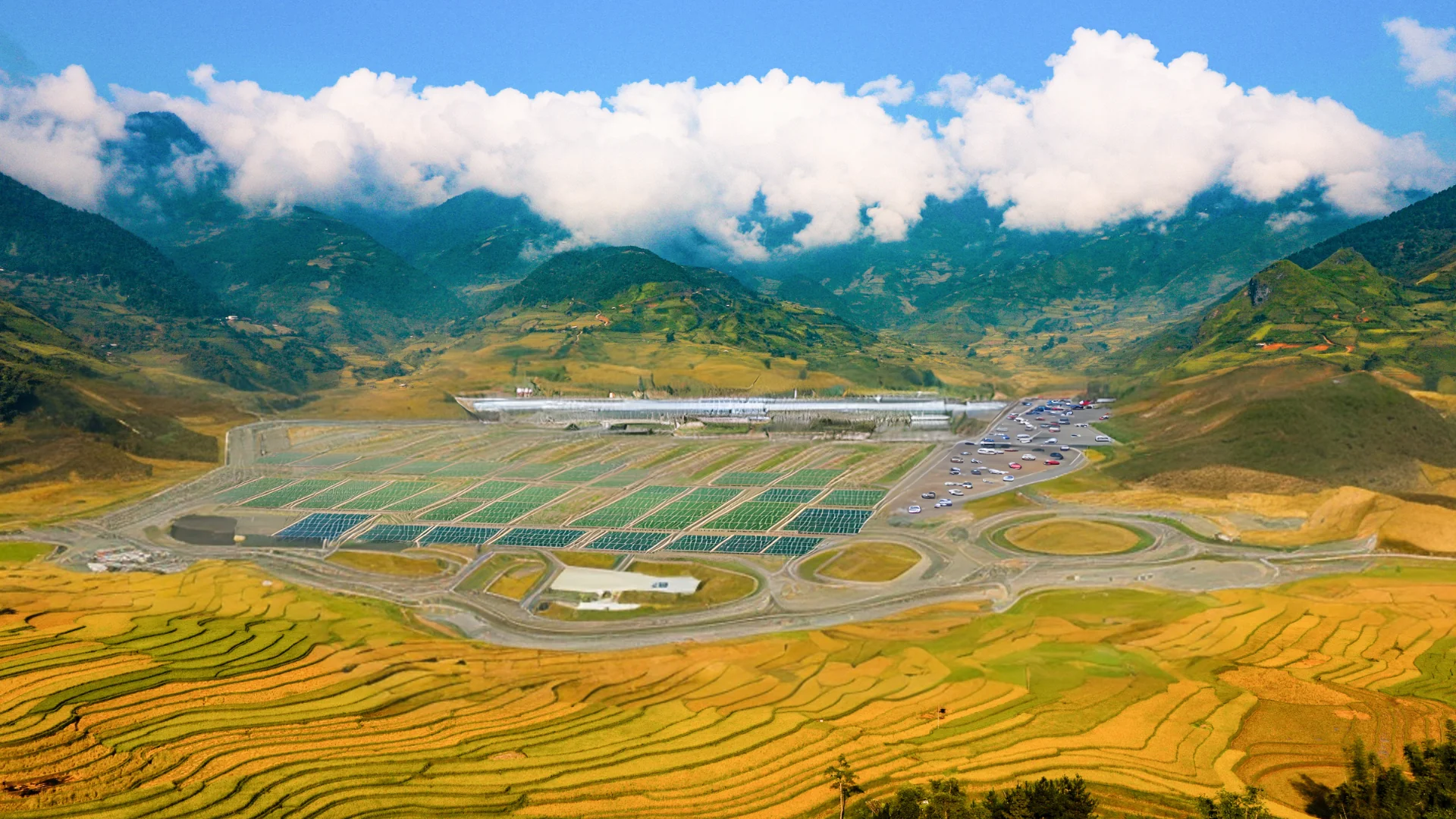
The Origin of the Gigafactory Concept
Tesla and the Birth of the Gigafactory
“Gigafactory” was popularized by Tesla Inc., the American electric vehicle and clean energy company. Tesla’s CEO, Elon Musk, introduced the concept as part of his vision to revolutionize the production of batteries and electric cars. The first Tesla Gigafactory, located in Sparks, Nevada, began construction in 2014 and was a game-changer for the automotive and energy storage industries.
What Does “Giga” Mean?
The prefix “Giga” denotes a factor of one billion. In the context of gigafactories, it refers to the immense scale of production capabilities. For instance, Tesla’s Gigafactory 1 aims to produce enough lithium-ion batteries to supply 500,000 electric vehicles annually.
The Technology Behind Gigafactories
Advanced Manufacturing Techniques
Gigafactories utilize cutting-edge manufacturing techniques to produce large quantities of products efficiently. These techniques include automation, robotics, and advanced materials science. Automation plays a crucial role in gigafactories, where robots and AI-driven systems handle repetitive tasks requiring high precision.
Battery Technology
A significant focus of gigafactories is the production of batteries, particularly lithium-ion batteries. These batteries are essential for electric vehicles (EVs) and energy storage systems. Advances in battery technology, such as improvements in energy density and cost reductions, are critical to the success of gigafactories.
Sustainable Practices
Sustainability is a core principle of gigafactories. Many gigafactories aim to be environmentally friendly by utilizing renewable energy sources, recycling materials, and minimizing waste. For example, Tesla’s Gigafactory 1 is designed to be powered by renewable energy sources like solar, wind, and geothermal.
The Role of Gigafactories in Different Industries
Automotive Industry
Gigafactories have significantly impacted the automotive industry. With the rise of electric vehicles, the demand for batteries has skyrocketed. Gigafactories enable car manufacturers to produce EV batteries on a massive scale, reducing costs and making electric cars more accessible to consumers.
Energy Storage
Gigafactories also play a crucial role in the energy storage sector. Large-scale battery production allows for energy storage systems that can store renewable energy, such as solar or wind power, for use when production is low. This capability is essential for creating a stable and reliable renewable energy grid.
Consumer Electronics
The consumer electronics industry benefits from gigafactories by producing batteries for devices such as smartphones, laptops, and tablets. As gigafactories increase production efficiency and reduce costs, these savings can be passed on to consumers, making electronic devices more affordable.
Notable Gigafactories Around the World
Tesla Gigafactory 1 (Nevada, USA)
Tesla’s Gigafactory 1 is one of the most well-known gigafactories. It is located in Sparks, Nevada, a massive facility that produces lithium-ion batteries and electric vehicle components. When fully operational, it is expected to be one of the most significant buildings in the world by footprint.
Tesla Gigafactory 2 (Buffalo, USA)
In Buffalo, New York, Gigafactory 2 focuses on producing solar panels and solar energy products. This facility highlights Tesla’s commitment to sustainable energy solutions beyond electric vehicles.
Tesla Gigafactory 3 (Shanghai, China)
Gigafactory 3, located in Shanghai, China, is Tesla’s first gigafactory outside the United States. It is dedicated to producing electric vehicles for the Asian market, significantly expanding Tesla’s global manufacturing capabilities.
Tesla Gigafactory 4 (Berlin, Germany)
Gigafactory 4, located near Berlin, Germany, will be Tesla’s European manufacturing hub. This facility will produce batteries, battery packs, and vehicles, catering to Europe’s growing demand for electric cars.
Other Gigafactories
While Tesla is a pioneer in the gigafactory space, other companies also invest in large-scale manufacturing facilities. For instance, companies like LG Chem, Panasonic, and CATL are building gigafactories to produce batteries for various applications.
The Environmental Impact of Gigafactories
Reducing Carbon Emissions
One of the primary environmental benefits of gigafactories is their potential to reduce carbon emissions. By producing batteries for electric vehicles and energy storage systems, gigafactories contribute to reducing greenhouse gas emissions from fossil fuels.
Sustainable Manufacturing Practices
Gigafactories often incorporate sustainable manufacturing practices to minimize their environmental footprint. This includes using renewable energy sources, recycling materials, and implementing energy-efficient processes.
Challenges and Solutions
Despite their benefits, gigafactories face environmental challenges, such as sourcing raw materials like lithium and cobalt. Sustainable sourcing and recycling programs are essential to address these challenges and ensure the long-term viability of gigafactories.
The Economic Impact of Gigafactories
Job Creation
Gigafactories have a significant positive impact on local economies through job creation. The construction and operation of these extensive facilities require a substantial workforce, ranging from engineers and technicians to factory workers and support staff.
Economic Growth
By driving innovation and manufacturing capabilities, gigafactories contribute to economic growth. They attract investment, stimulate local businesses, and enhance the technological landscape of the regions where they are located.
Cost Reductions
The large-scale production capabilities of gigafactories lead to cost reductions in their products. This makes electric vehicles and renewable energy solutions more affordable for consumers, promoting wider adoption and further driving economic benefits.
The Future of Gigafactories
Expansion and New Technologies
The future of gigafactories looks promising, with ongoing expansion and the development of new technologies. As demand for electric vehicles and renewable energy solutions continues to grow, gigafactories will play an increasingly important role in meeting this demand.
Innovations in Battery Technology
Advancements in battery technology will be crucial for the future of gigafactories. Innovations such as solid-state batteries, which offer higher energy density and safety, have the potential to revolutionize the industry and further enhance the capabilities of gigafactories.
Global Collaboration
Global collaboration will be essential for the continued success of gigafactories. Partnerships between governments, companies, and research institutions can drive innovation, share best practices, and address common challenges in the gigafactory space.
Gigafactories represent a transformative force in modern manufacturing, driving innovation, sustainability, and economic growth. Gigafactories are at the forefront of the transition to a cleaner and more sustainable future by producing batteries and other essential components on a massive scale. As technology continues to advance and demand for electric vehicles and renewable energy solutions rises, gigafactories will play an increasingly vital role in shaping the future of our world.

